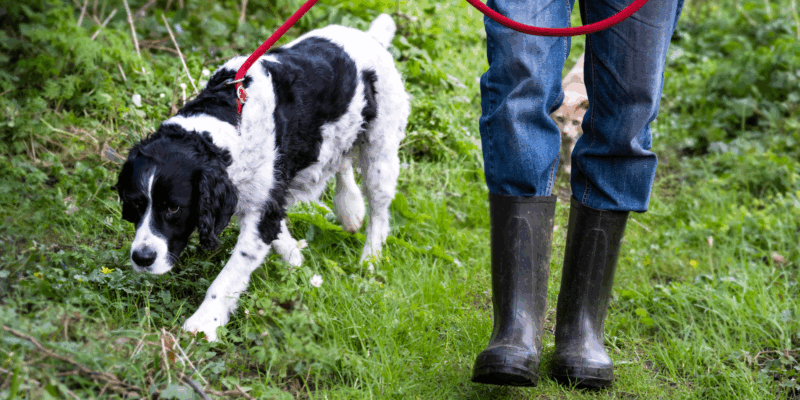The legislation and guidance
It has been just over twenty years since the right to take responsible access was introduced by the Land Reform (Scotland) Act of 2003. What constitutes reasonable exercise of that right is only broadly defined. A person will be presumed to exercise responsible access when they do not cause an unreasonable interference with other people’s rights (s.2(2)). Without strict rules it can be difficult for the individual to know what responsible actions they should take and what actions could instead cause an unreasonable interference to others’ rights. The Scottish Outdoor Access Code provides a “Practical Guide for All”, it gives guidance on what to do in everyday situations.
Context and importance
Lambing starts just as we embrace spring. The outdoors attracts an increasing number of visitors, many accompanied by their dogs. This is one of the most vulnerable, yet so important moments for farmers. Around 70% of the land in Scotland is used for farming, so a balance must be struck between the public’s right of responsible access and the safety of a farmer’s livelihood.
The Scotland’s People and Nature Survey 2023/24 estimated that 56% of those accessing the countryside were dog owners. As a dog owner, you have a responsibility to take access only if you have your dog under proper control. That comes to a duty to ensure the dog’s behaviour doesn’t negatively impact others. Some dog owners tend to underestimate the risk posed by their pets. Dogs can cause significant damage, no matter the breed, age, sex or size. Unfortunately, in recent years, the cases of attacks or “worrying” of livestock, have been steadily on the increase. The National Farmers Union (NFU) Mutual Rural Crime Report 2024 suggests that livestock worth about £2.4m was severely injured or killed in dog attacks in the Uk in 2023. The figure was £1.5m in 2021.
What to do
There are several campaigns across Scotland and the UK aimed at educating the public, which focus on prevention. Local authorities and Police Scotland have been working together with local farmers and dog trainers to spread awareness among dog owners on what they should do. The “Practical Guide for All” says that dog walkers should avoid walking through fields where there are young livestock and, if they cannot find a different route, they should keep dogs under control, for example by putting them on a lead. It suggests that land managers, should put up signs for the public, telling them where not to go and offering alternative routes.
Penalties recently increased
The surge in livestock attacks has also led to a recent change in legislation. The Dogs (Protection of Livestock) (Amendment) (Scotland) Act 2021 increased the penalties faced by dog owners. Owners can be fined up to £40,000 and/or imprisoned for up to 12 months. The local authorities could also seek a control order or, in extreme circumstances, a destruction order against a dangerous or out of control dog. In addition, the owner is personally liable for any damage caused by their dog, under the Animals (Scotland) Act 1987.
Conclusions
Dogs have a natural instinct to chase and hunt; some breeds more than others, but all dogs can worry livestock and farmers are naturally nervous. To be safe and be seen to be safe, dog owners should walk their dogs on a lead. Anything less risks loss to farmers, and significant penalties not only to the dog owners but also for the dogs themselves.
If you are looking for legal advice and support on a sheep worrying matter, contact a member of our team to find out more.



